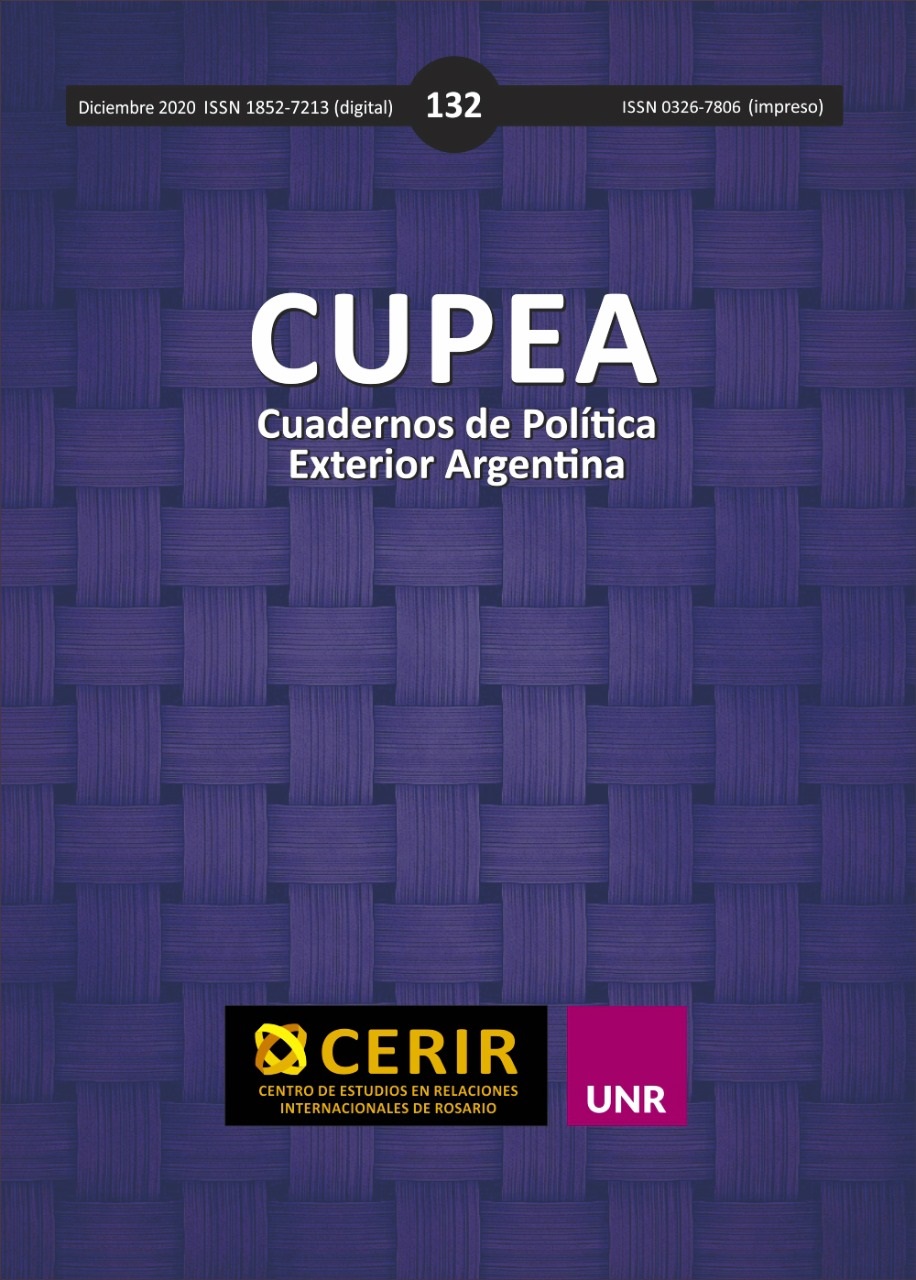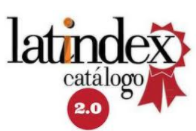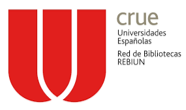Conflictivity and world orders Analysis and reflection on the four summits which ordered the international system
DOI:
https://doi.org/10.35305/cc.vi132.93Keywords:
conflict, balance of power, legal equality, sovereigntyAbstract
This article is inserted within a research project that approaches the study of possible relationships between power structures, conflict and the construction of international orders, focusing on four multilateral summits of great relevance: the Peace of Westphalia of 1648, the Congress of Vienna of 1815, the Paris Peace Conference of 1919 and the San Francisco Conference of 1945. Firstly, it reiterates a systematization of quantitative data about the structure of the international system and its level of conflict, this indicator being derived from three specific sources of variation: number of major powers in conflict, duration, and severity of conflicts between powers. Considering these systemic aspects during the 1500-2000 timeframe, the paper reveals the following findings: there were no instances of a unipolar structure, and what prevailed was a high multipolar structure; the wars between great powers previous to the summits were the most conflictive; during the periods previous to the summits the systems registered the highest levels of conflict. Secondly, it approaches in a comparative way the summits´ consequences, taking into account the normative equation established in Westphalia: legal equality-sovereignty-balance of power.
Downloads
Downloads
Published
How to Cite
Issue
Section
License

This work is licensed under a Creative Commons Attribution-ShareAlike 4.0 International License.
Aquellos autores/as que tengan publicaciones con esta revista, aceptan los términos siguientes:
- Los autores/as conservarán sus derechos de autor y garantizarán a la revista el derecho de primera publicación de su obra, el cuál estará simultáneamente sujeto a la Licencia Creative Commons Reconocimiento-NoComercial-CompartirIgual 4.0.
- Los autores/as podrán adoptar otros acuerdos de licencia no exclusiva de distribución de la versión de la obra publicada (p. ej.: depositarla en un archivo telemático institucional o publicarla en un volumen monográfico) siempre que se indique la publicación inicial en esta revista.
- Se permite y recomienda a los autores/as difundir su obra a través de Internet (p. ej.: en archivos telemáticos institucionales o en su página web) antes y durante el proceso de envío, lo cual puede producir intercambios interesantes y aumentar las citas de la obra publicada.
















